 Rhys |
Rhys |  Post a Comment |
Post a Comment |  Rhys Logan,
Rhys Logan,  africa,
africa,  arusha,
arusha,  engikaret,
engikaret,  faces4hope,
faces4hope,  maasai,
maasai,  maasailand,
maasailand,  mission media,
mission media,  mission work,
mission work,  tanzania in
tanzania in  non profit media
non profit media  Rhys Logan,
Rhys Logan,  africa,
africa,  arusha,
arusha,  engikaret,
engikaret,  faces4hope,
faces4hope,  maasai,
maasai,  maasailand,
maasailand,  mission media,
mission media,  mission work,
mission work,  tanzania in
tanzania in  non profit media
non profit media  Friday, February 17, 2012 at 10:51PM
Friday, February 17, 2012 at 10:51PM We visited the church of the Bishop Joshua, a Maasai man, who has become one of the most well known pastoral figures in East Africa. Born with Polio in the Bomas of the Maasai people, he was miraculously healed and has planted over 80 churches in the area. Refusing to take a position in a mega church, he stays in his home church in Olesambo until it grows large enough to send some out to begin a new one. He has escaped multiple assassination attempts by the leaders of local Maasai who are opposed to his evangelism. The level of persecution he has been subjected to is astounding. The the late 1990's, BBC investigated a story in which he was taken out and beaten to death by the Maasai in the area, but was seen after completely healed. After spending the weekend on the base in Arusha, we returned to Engikaret.
CORRECTION; The baby and mother in my previous blog names are Sikata, the mother, whose baptismal name is Resiki. The Baby's name had been decided later and is now Sarah.
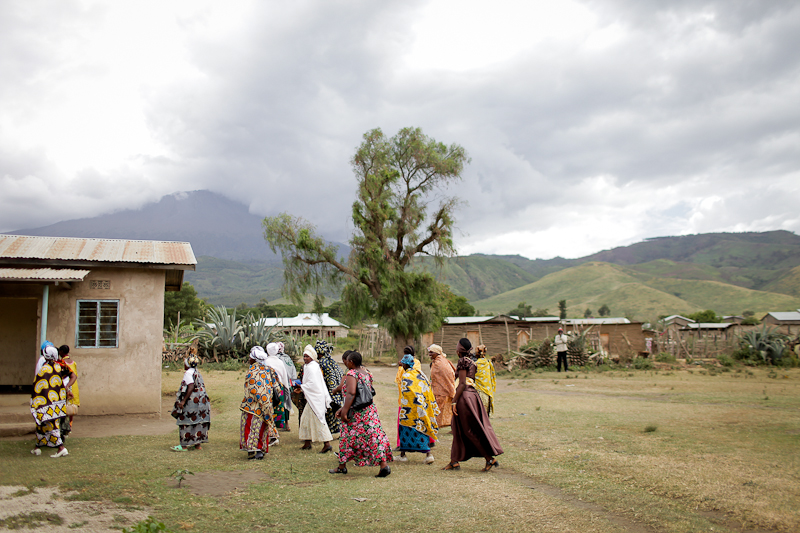
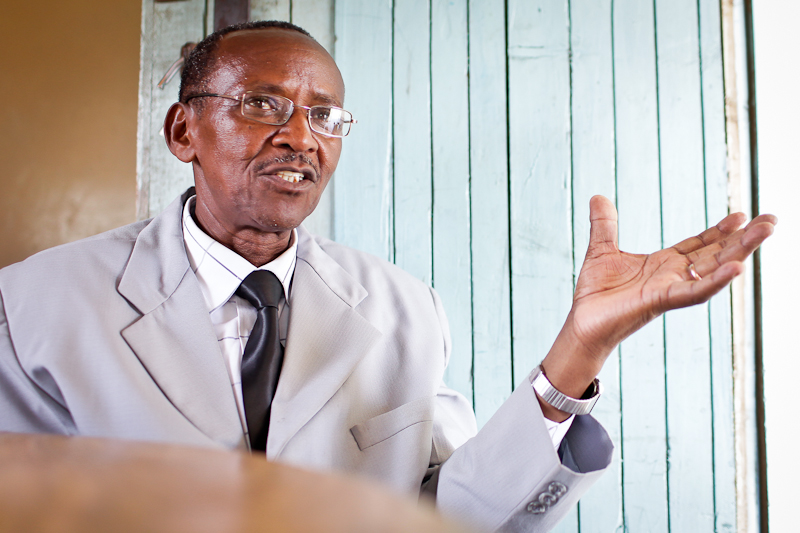
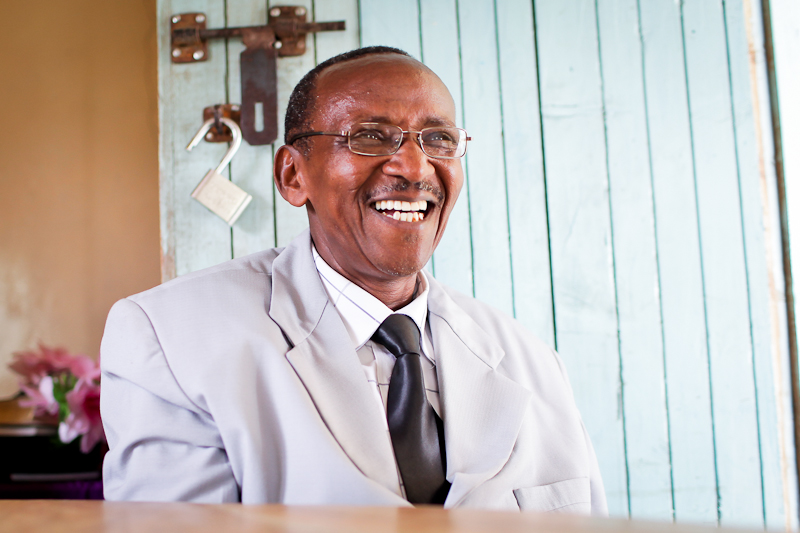
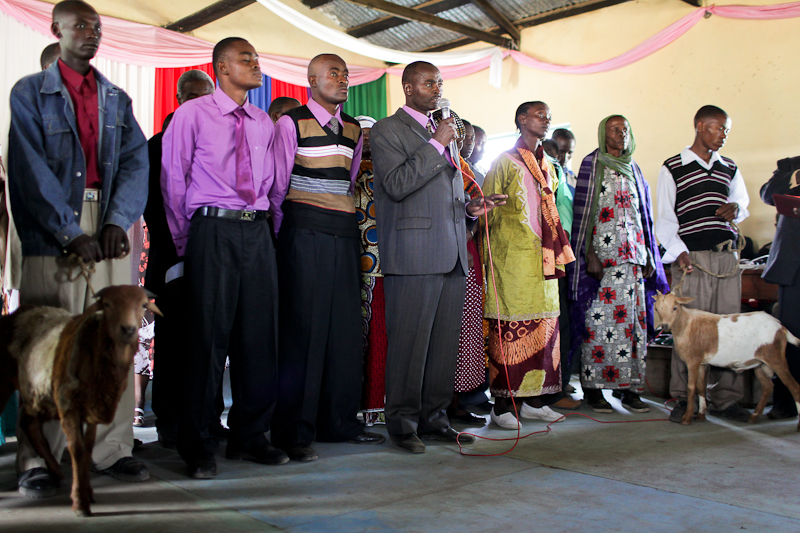 Tithing is not restricted to money here in Africa. Families give what and how they can. Chickens goats and food can be common gifts to churches.
Tithing is not restricted to money here in Africa. Families give what and how they can. Chickens goats and food can be common gifts to churches.
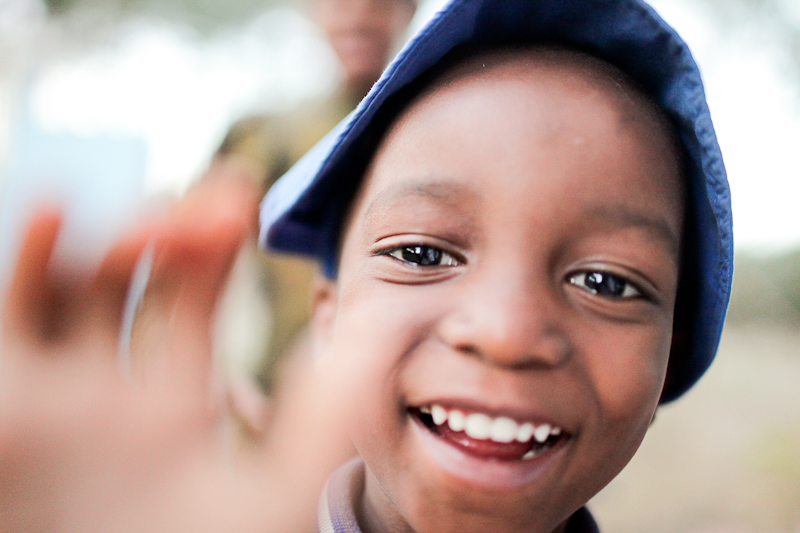 This is Joyful, Joyful is the son of a YWAM staff member, Staff members live with their families full time on the base.
This is Joyful, Joyful is the son of a YWAM staff member, Staff members live with their families full time on the base.
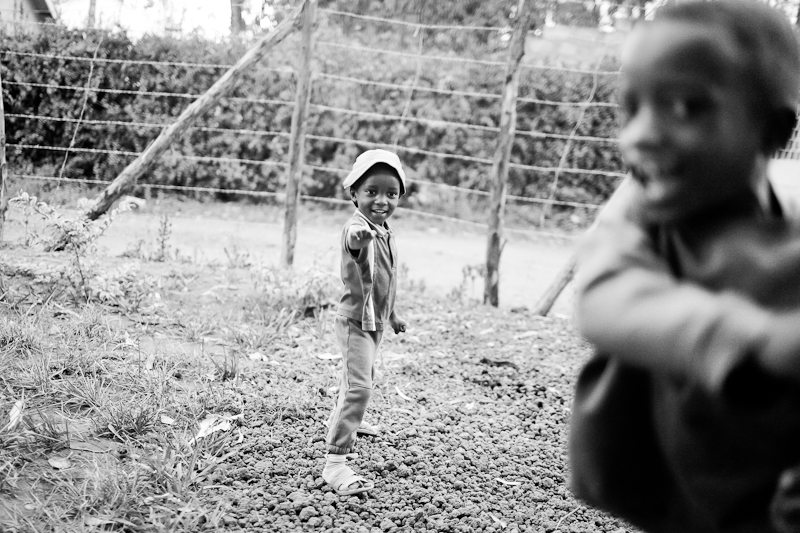
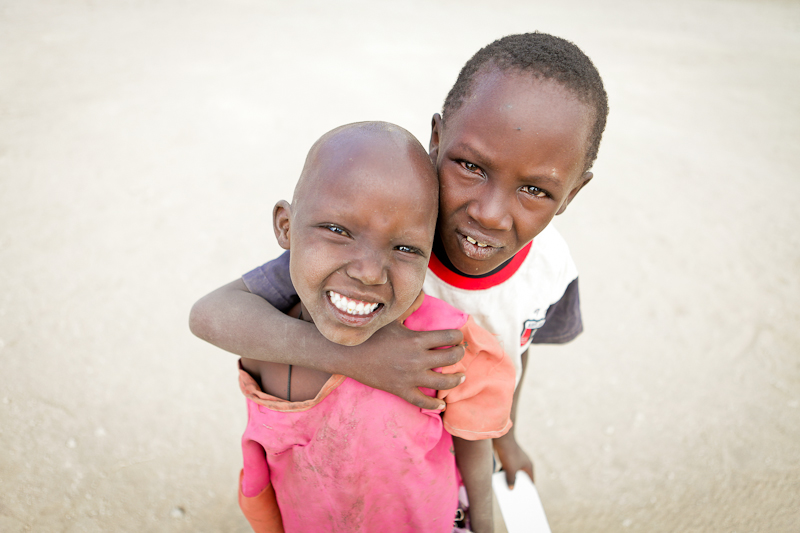
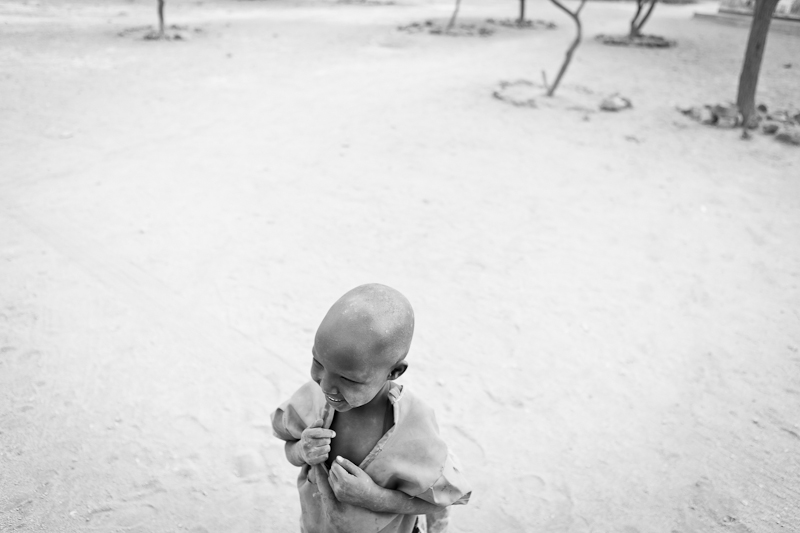
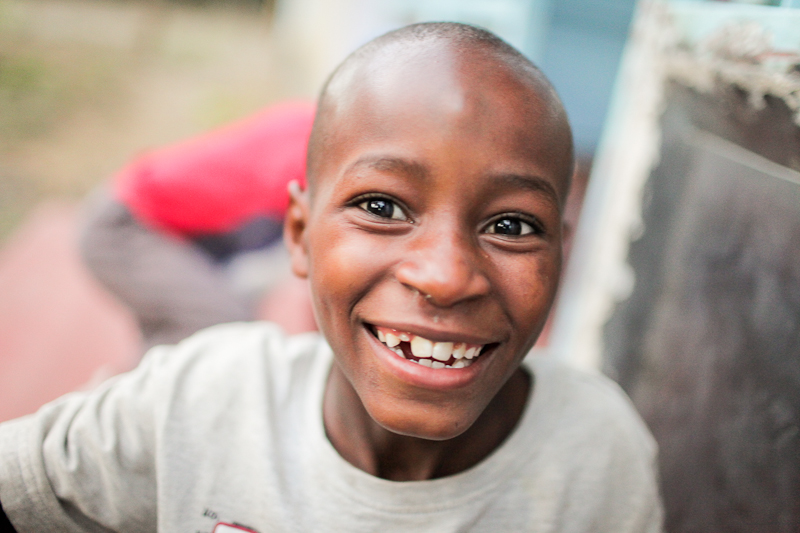 This is Jackson. Jackson is a huge personality and is somewhat of a base celebrity. Jackson stays in the Tumaini House, built by CTK Church in Bellingham, the Tumaini House is a four story building intended to house children without families. More than an orphanage, the Tumaini House seeks to provide the love and support of a family environment.
This is Jackson. Jackson is a huge personality and is somewhat of a base celebrity. Jackson stays in the Tumaini House, built by CTK Church in Bellingham, the Tumaini House is a four story building intended to house children without families. More than an orphanage, the Tumaini House seeks to provide the love and support of a family environment.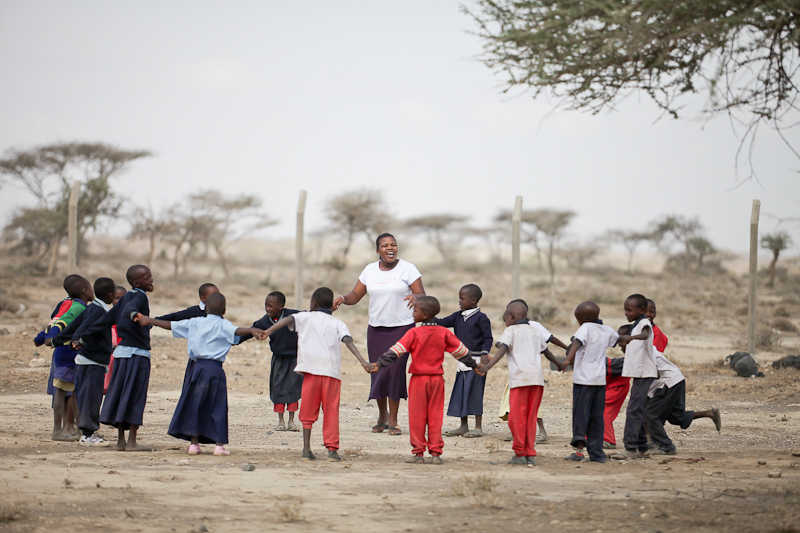
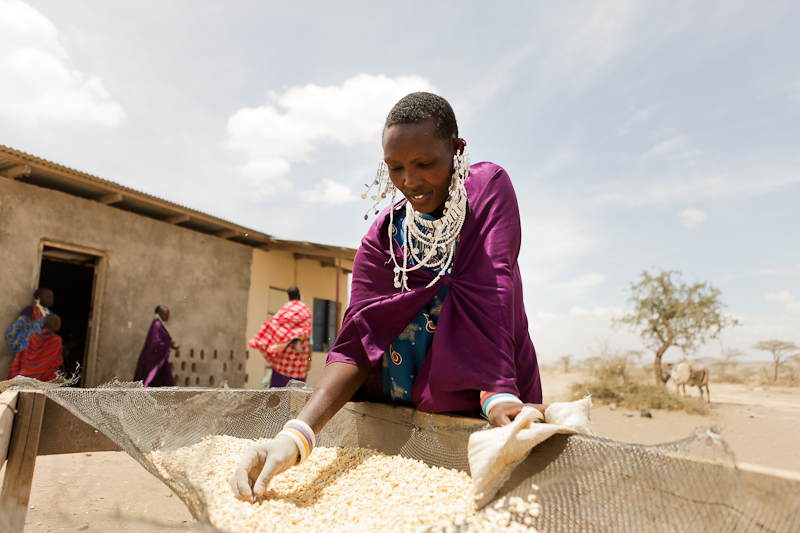 A small store at the YWAM base in Engikaret allows local Maasai women to buy basic provisions like drinking water, soap, oil, sugar and even flashlights. The store is also equipped with a corngrinder, for women to haul their dry corn to be sorted and ground into flour, or ground to make a type of porridge.
A small store at the YWAM base in Engikaret allows local Maasai women to buy basic provisions like drinking water, soap, oil, sugar and even flashlights. The store is also equipped with a corngrinder, for women to haul their dry corn to be sorted and ground into flour, or ground to make a type of porridge.
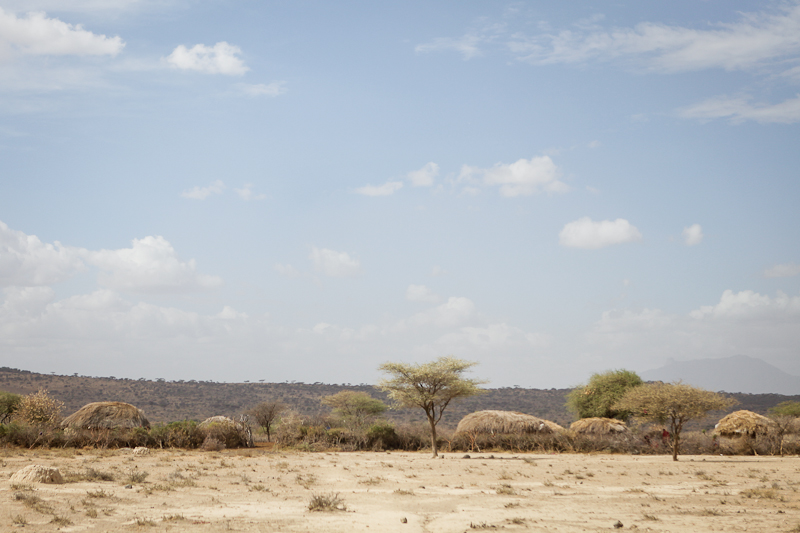 Maasai Bomas
Maasai Bomas
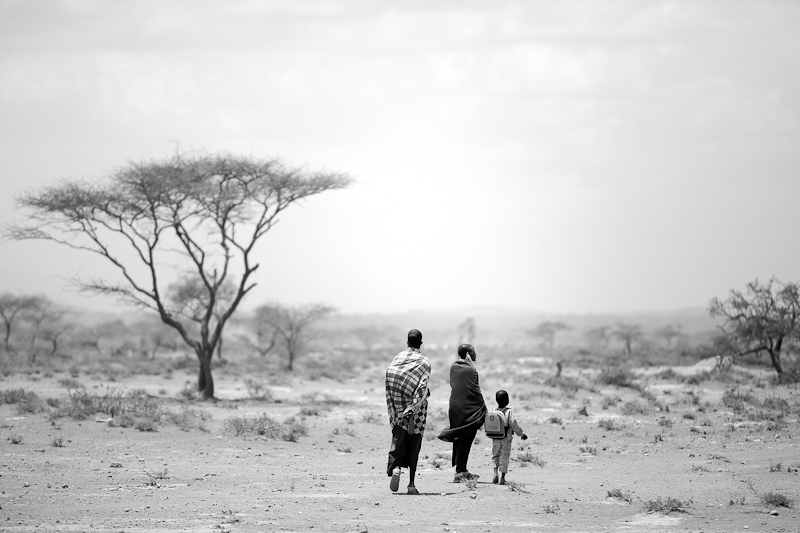
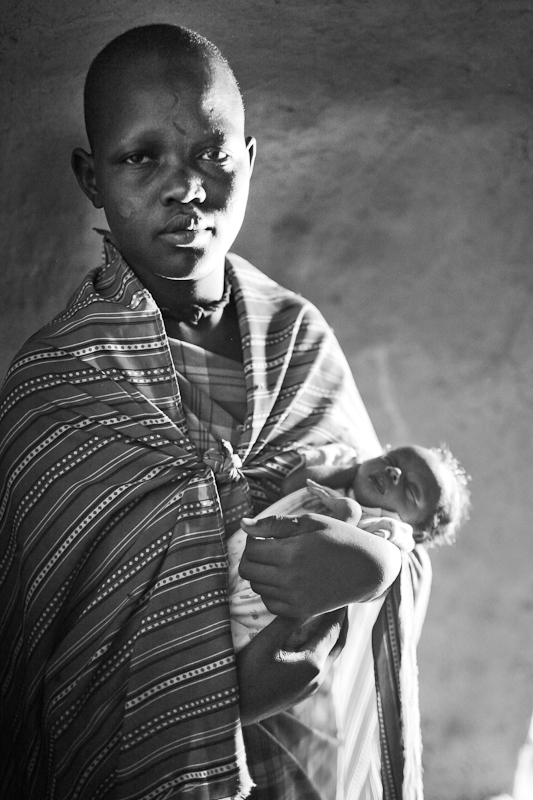 This is Resiki and her baby Sarah. This portrai was made inside their boma. We visited them to ensure that baby Sarah was able to feed since she had contracted an STD from her mother and was severely dehydrated. We ended up taking them both to the hospital. Both are recovering and have returned to their boma.
This is Resiki and her baby Sarah. This portrai was made inside their boma. We visited them to ensure that baby Sarah was able to feed since she had contracted an STD from her mother and was severely dehydrated. We ended up taking them both to the hospital. Both are recovering and have returned to their boma.
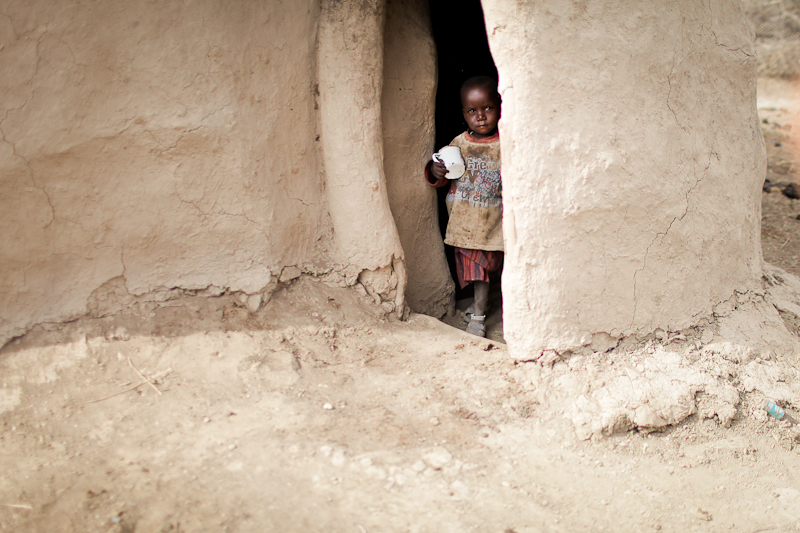
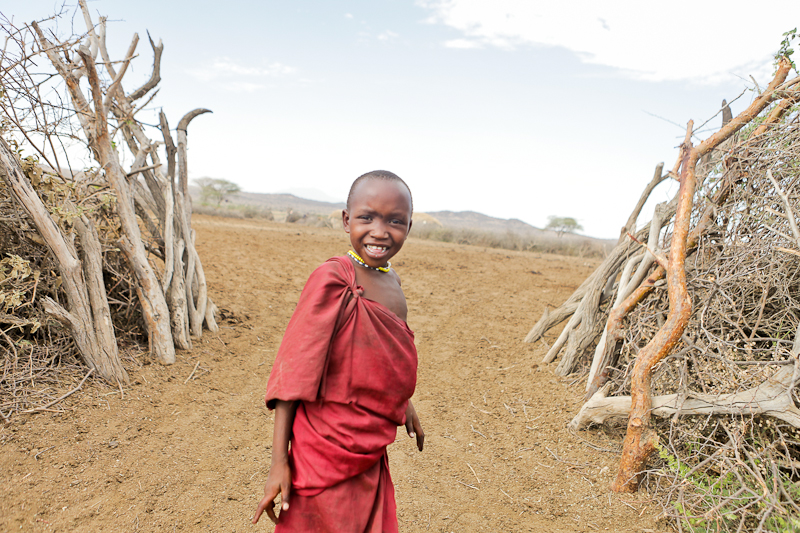
Driving from Arusha to Engikaret is always an adventure. The roads are full of people, motorcycles, carts, and animals. Honking your horn is actually a sort of polite thing to do, since it announces you are coming, and coming very quickly. Driving on the left side of the road has been comically stressful enough, but with no lines and most of the roads being washed out dirt paths, I have practically worn a hole in my shoe pressing my imaginary brake pedal. There are potholes here, that I don't really think can be considered potholes. When you have to drive down into the pothole, and up and out the other side, its more like a crater.
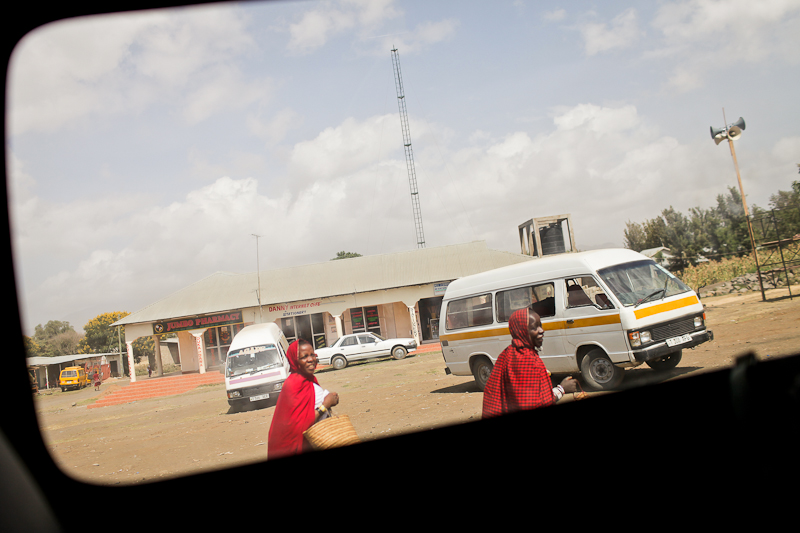
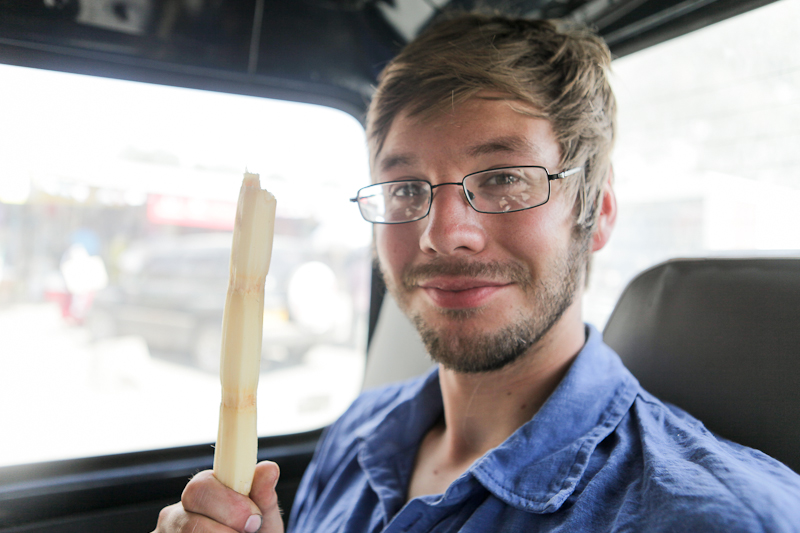 Pure sugar cane. You can buy these as a treat, I watched as a man wth a machete took a 10 foot long cane stack, skinned it in about 8 seconds. The scary part is that you hold the end of it and chops you off a piece, whizzing his machete nice and close to your fingers for effect. It was actually really good, almost more like a drink that you chew. You don't swallow it, but rather suck all the sugar water out and then spit it out. Sort of like chewing on a soft stick.
Pure sugar cane. You can buy these as a treat, I watched as a man wth a machete took a 10 foot long cane stack, skinned it in about 8 seconds. The scary part is that you hold the end of it and chops you off a piece, whizzing his machete nice and close to your fingers for effect. It was actually really good, almost more like a drink that you chew. You don't swallow it, but rather suck all the sugar water out and then spit it out. Sort of like chewing on a soft stick.
Driving here is always an adeventure. The 'roads' are full of people, carts, motorcycles, dala dalas and herds of animals. With no lines and only one main paved road, most the roads are washed out dirt paths with potholes you have to drive to the bottom of and up and out the other side. More like craters. Honking the horn here is actually a sort of polite thing to do. It announces that you are coming, and coming very quickly. Driving on the left side has been comically stressful enough, but when motorcycles pass you on both sides and animals get startled...Needless to say I have worn a hole in my shoe stomping on my imaginary brake pedal.
But driving through this landscape is fascinating. It is sometimes as barren as it is beautiful, and harsh as it lush. With the rainy season approaching, much of the area is parched and dust ridden. Leaving herds vulnerable to dehydration and disease, meaning shepherds, and families must travel greater distances to buy and sell their livelihood crops, or find good water. Everything here, revolves around water, absolutely everything. If there is not enough, you work to find it. If you find it you work to get it, or store it. If you store it, you work to filter it or keep it clean. It is an invaluable resource and I am learning its luxury.
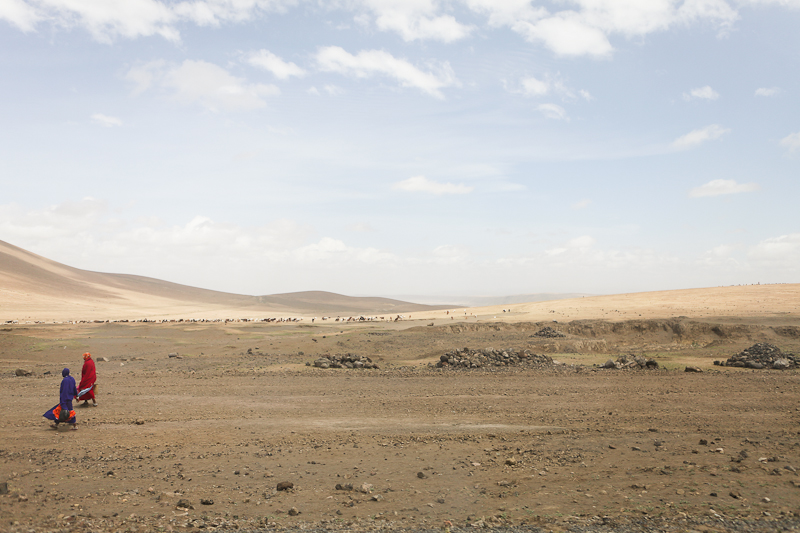
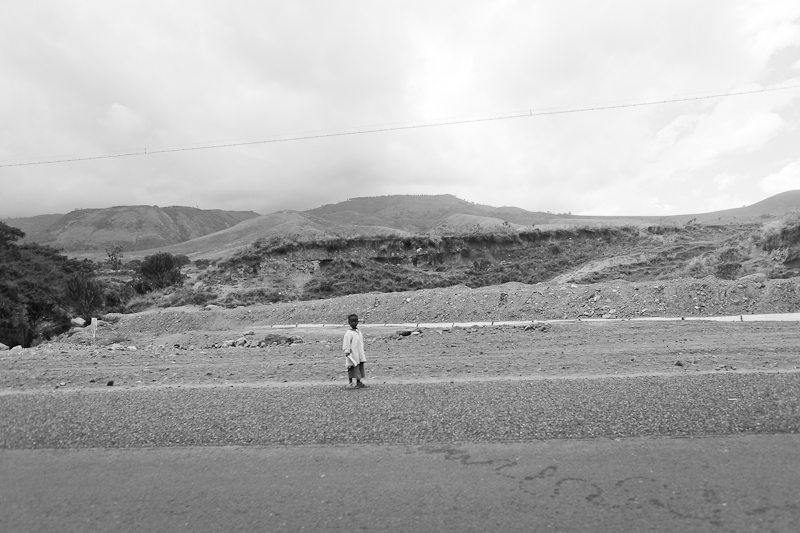
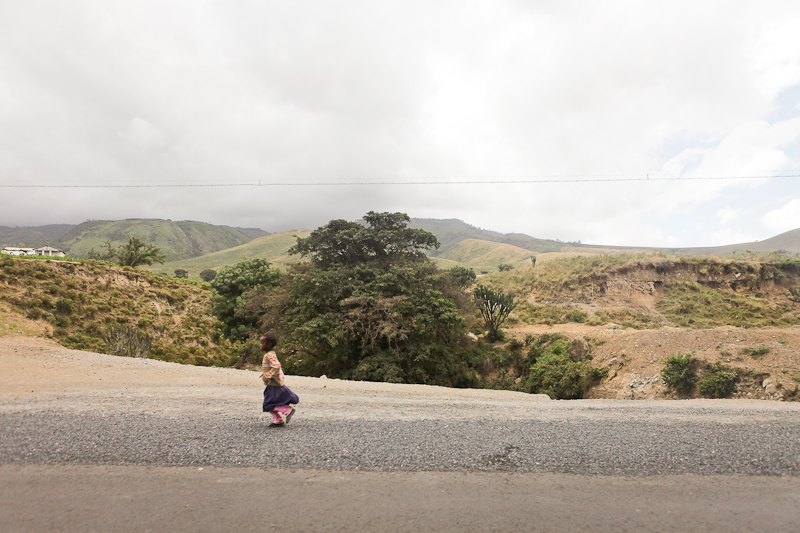
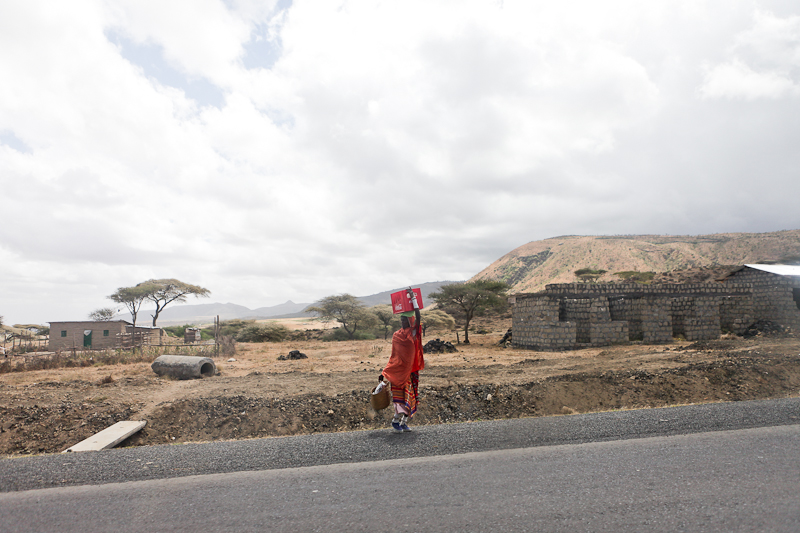
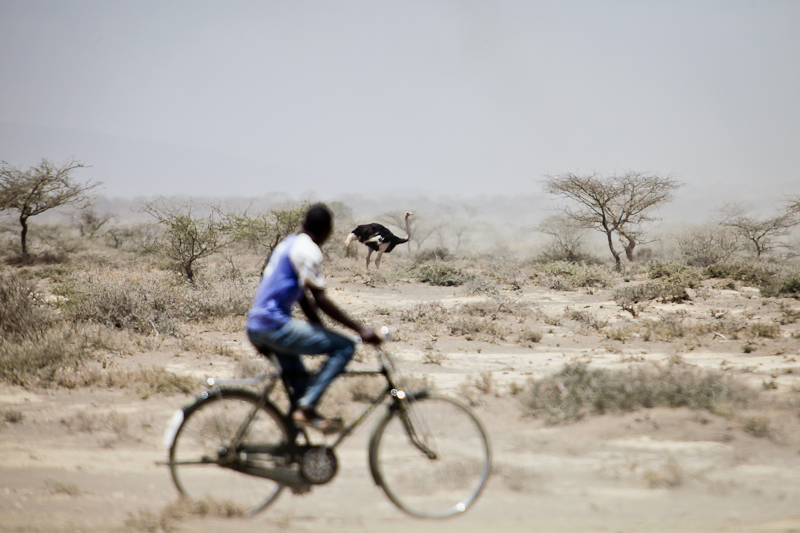 Sometimes this place is a trip
Sometimes this place is a trip
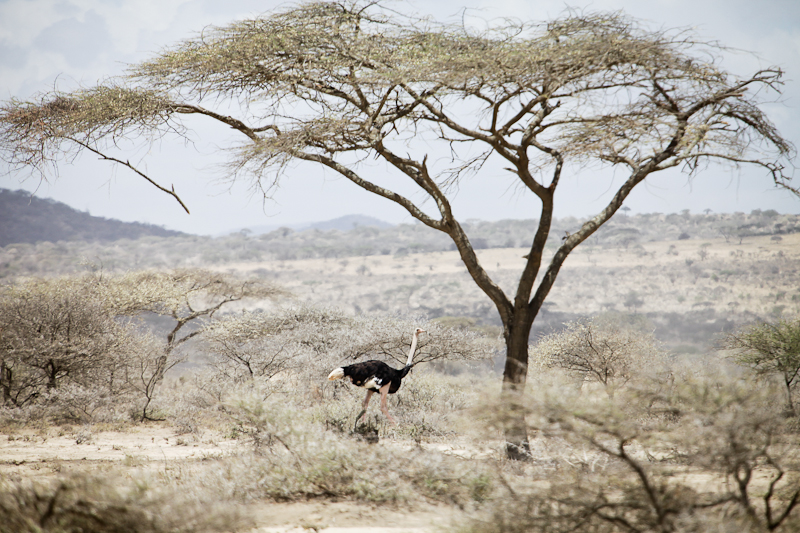
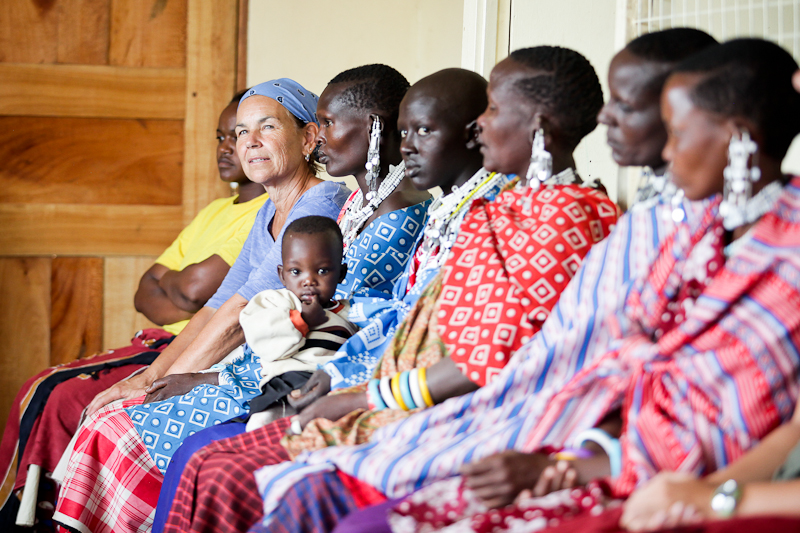
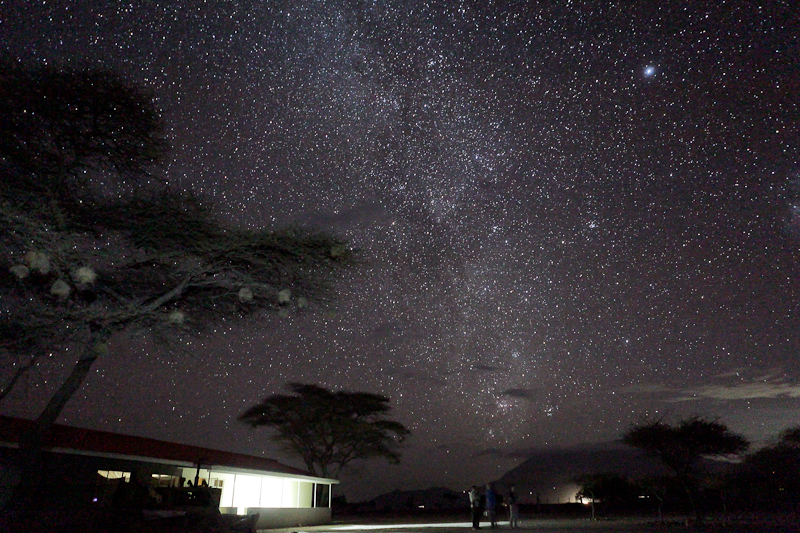
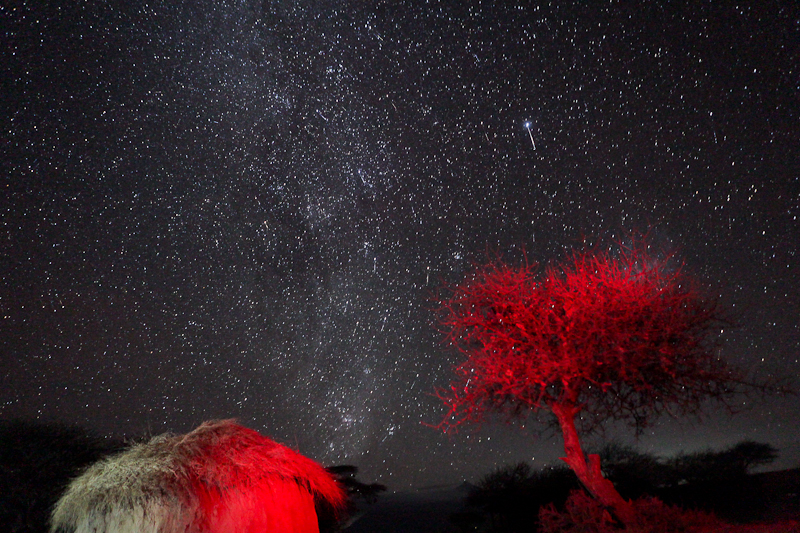
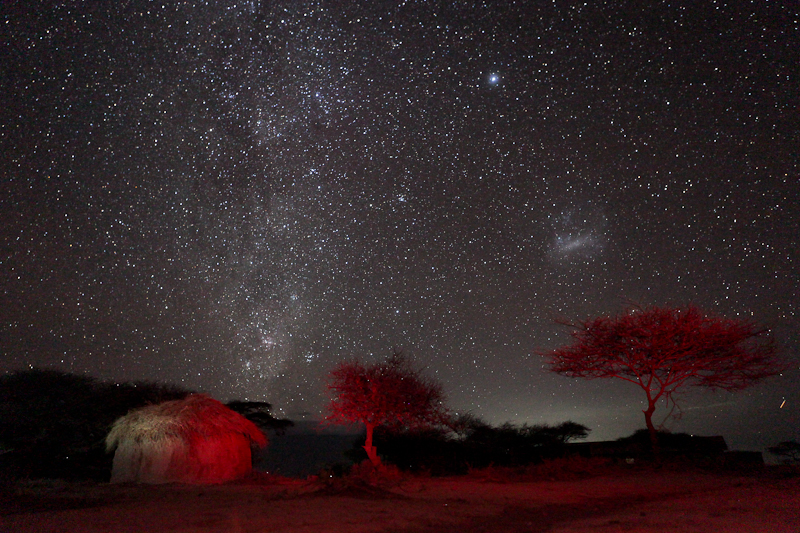
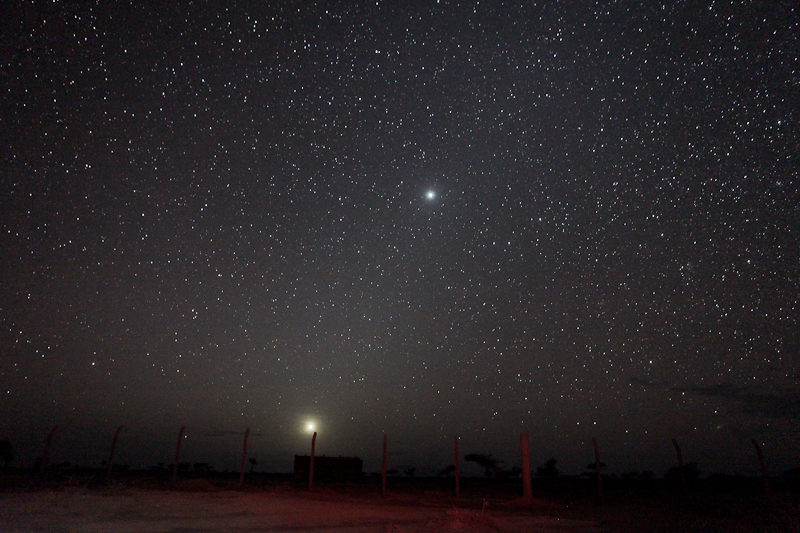
 Rhys Logan,
Rhys Logan,  YWAM Arusha,
YWAM Arusha,  africa,
africa,  african savannah,
african savannah,  arusha,
arusha,  bomas,
bomas,  engikaret,
engikaret,  faces4hope,
faces4hope,  maasai,
maasai,  maasai people in
maasai people in  travel photography
travel photography  Friday, February 10, 2012 at 07:31AM
Friday, February 10, 2012 at 07:31AM My first week in Africa has been absolutely full of some of the most amazing things I have ever experienced in my life. It has also been full of some of the most painful. I have not been overwhelmed, but taking it all in is definitely a process, and one I am thankful to be undergoing. There is so much to say, I hardly know where to start, but I hope some of these images reach you in a way that they also reached me, and if you have any questions, ask me please, I still have quite a few myself. Hopefully when I have more time I will be posting just a written blog too.
thanks for looking
-Rhys
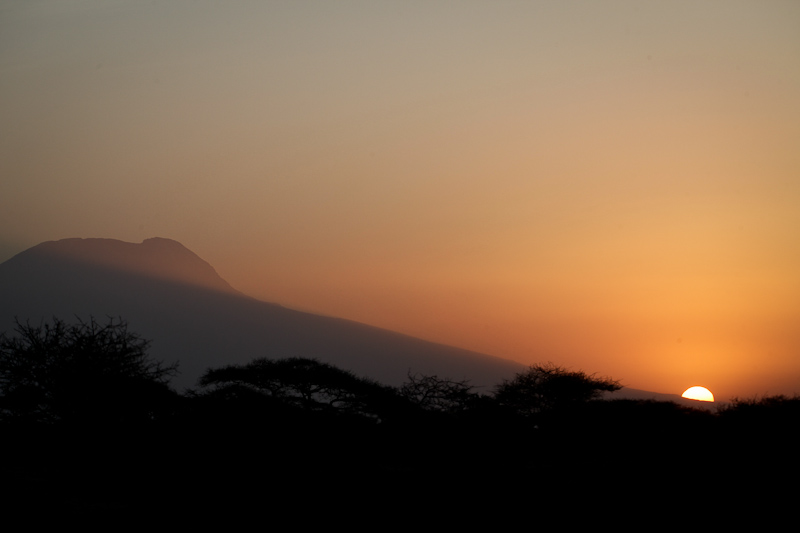
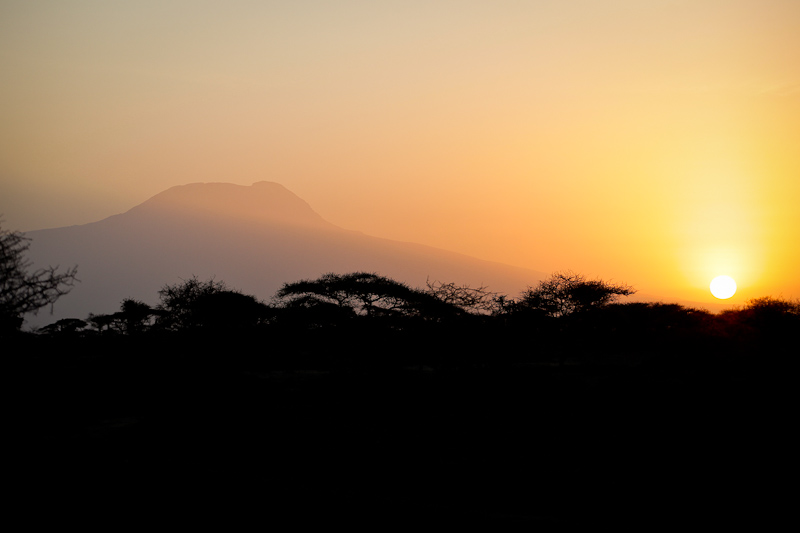 Mt. Kiliminjaro can be seen only as the sun rises. It quickly disappears into the dusty haze as soon as the sun rises completely.
Mt. Kiliminjaro can be seen only as the sun rises. It quickly disappears into the dusty haze as soon as the sun rises completely.
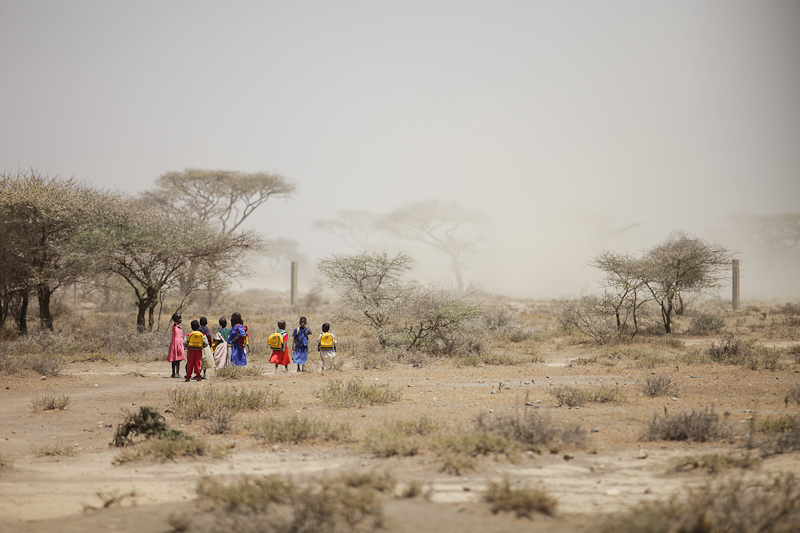 Every day, all the Engikaret school children travel across the sun scorched Savannah from their bomas, which can be up to two miles away. Snakes, wild animals and triple digit heat are all risks in Masailand.
Every day, all the Engikaret school children travel across the sun scorched Savannah from their bomas, which can be up to two miles away. Snakes, wild animals and triple digit heat are all risks in Masailand.
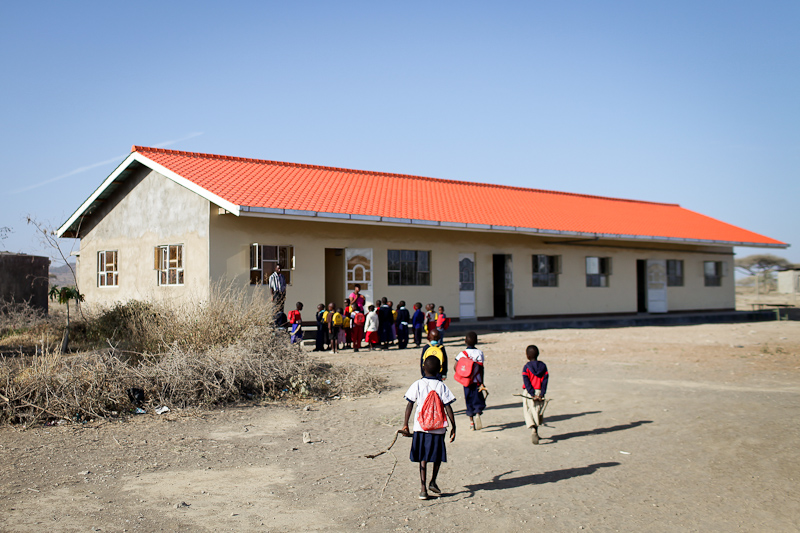 Children bring firewood along with them to help with cooking necessities for their daily meals.
Children bring firewood along with them to help with cooking necessities for their daily meals.
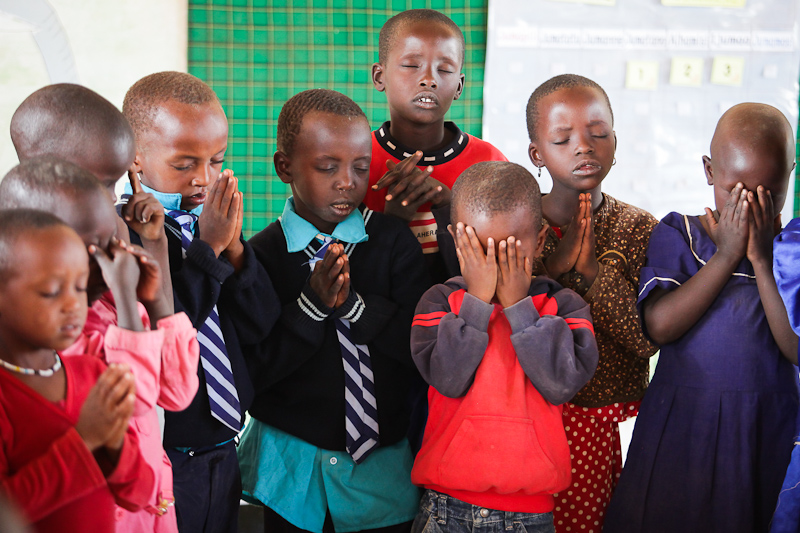 Morning prayers
Morning prayers
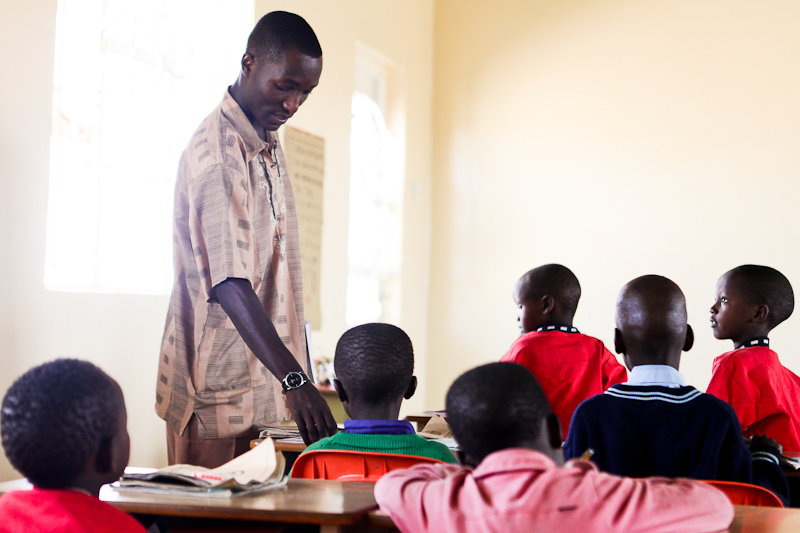 Teachers and staff live in a small compound full time at the Engikaret base. Actual staff and teacher quarters are in the process of being planned and funded.
Teachers and staff live in a small compound full time at the Engikaret base. Actual staff and teacher quarters are in the process of being planned and funded.
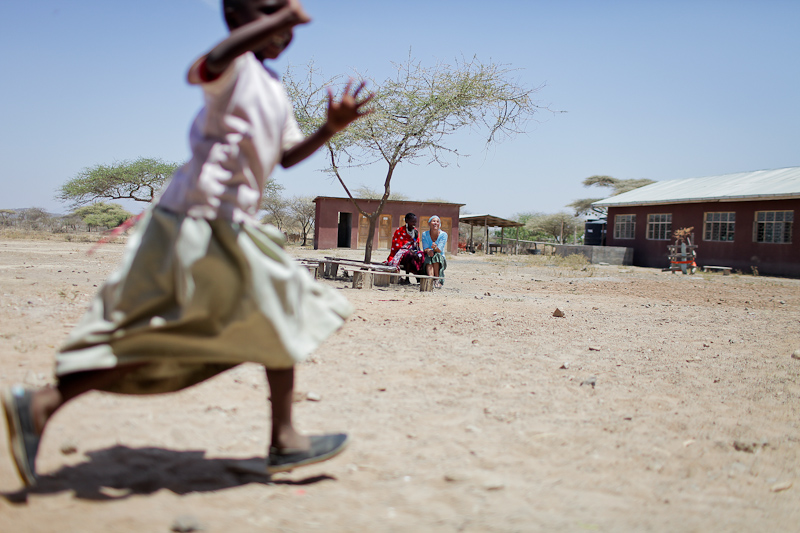
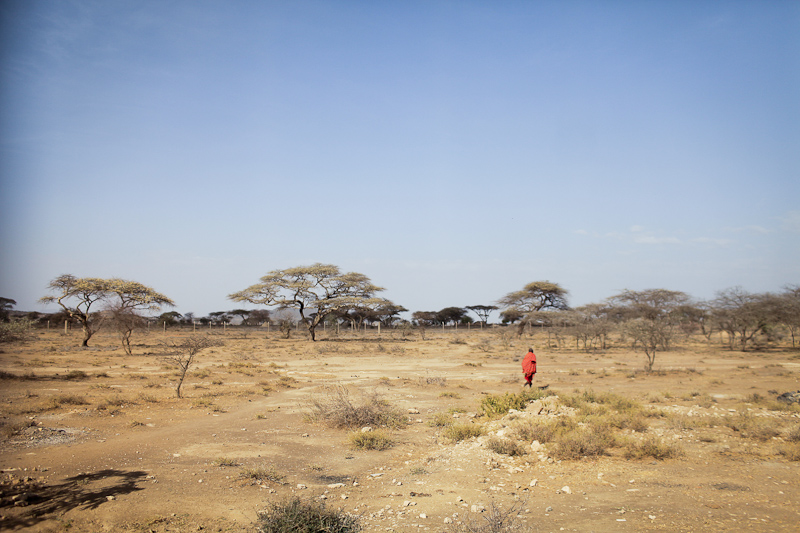 The Engikaret YWAM base is known to the loacl Maasai as a safe place ot visit, a consisten source of water, and place to get medicine and attend worship and fellowship services. The women also use a training center to learn seamstressing and have access to a corngrinding machine.
The Engikaret YWAM base is known to the loacl Maasai as a safe place ot visit, a consisten source of water, and place to get medicine and attend worship and fellowship services. The women also use a training center to learn seamstressing and have access to a corngrinding machine.
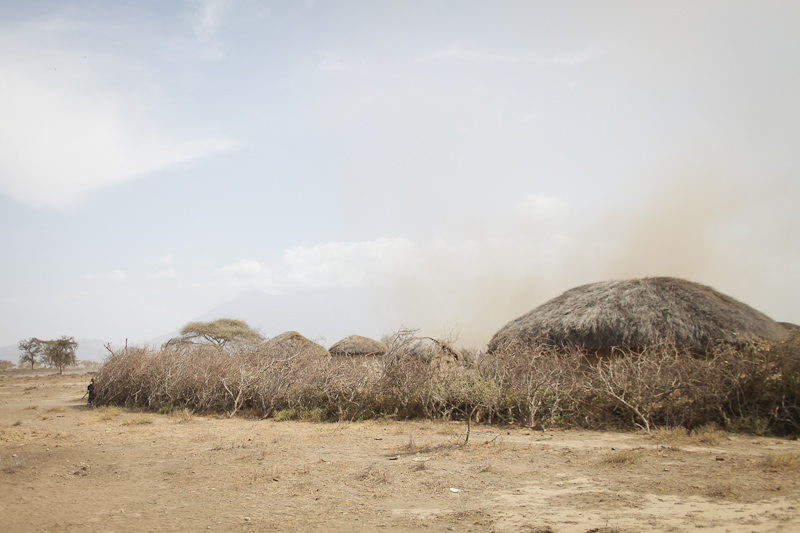 Maasai bomas are hand made huts constructed with cow dung and mud. The word boma however is also used when referring to the circular 'fencing' (made from thorny Acacia trees) that encircle the group of huts.
Maasai bomas are hand made huts constructed with cow dung and mud. The word boma however is also used when referring to the circular 'fencing' (made from thorny Acacia trees) that encircle the group of huts.
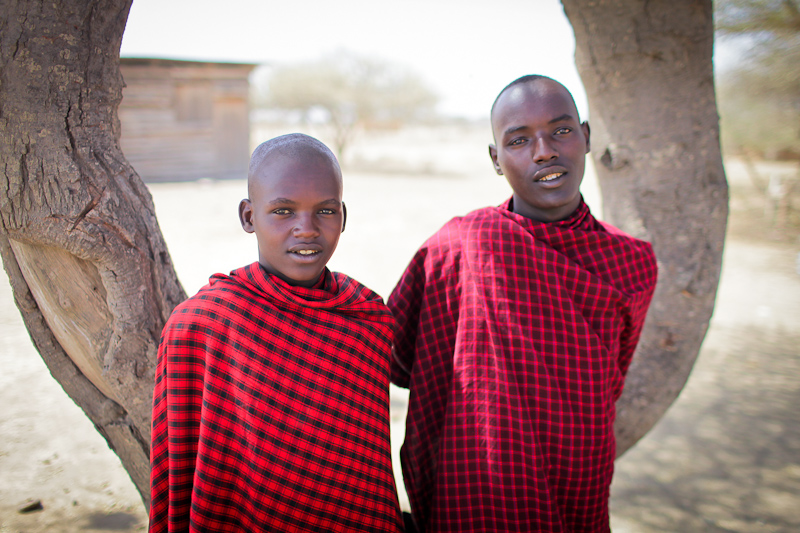 This is Isaac (left) and Joshua. Joshua wants to learn to be a music producer while he waits for his secondary school exams to come back to see if he can go to college to be a lawyer. He speaks english extremely well and he is 20 years old. Isaac is 13.
This is Isaac (left) and Joshua. Joshua wants to learn to be a music producer while he waits for his secondary school exams to come back to see if he can go to college to be a lawyer. He speaks english extremely well and he is 20 years old. Isaac is 13.
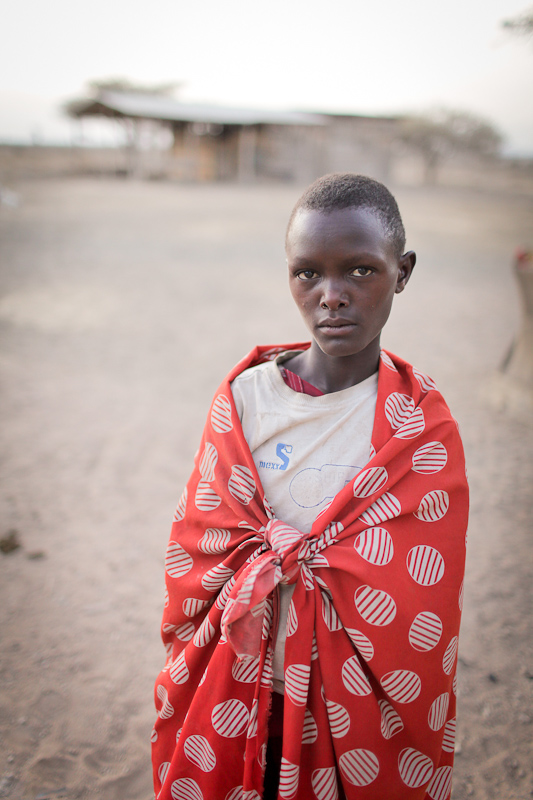 This is Nanyaku. Nanyaku has been sponsored to go to boarding school. Maasai girls must stay in school in order to remain ineligible from being sold or given away as young brides. Nanyaku is 12.
This is Nanyaku. Nanyaku has been sponsored to go to boarding school. Maasai girls must stay in school in order to remain ineligible from being sold or given away as young brides. Nanyaku is 12.
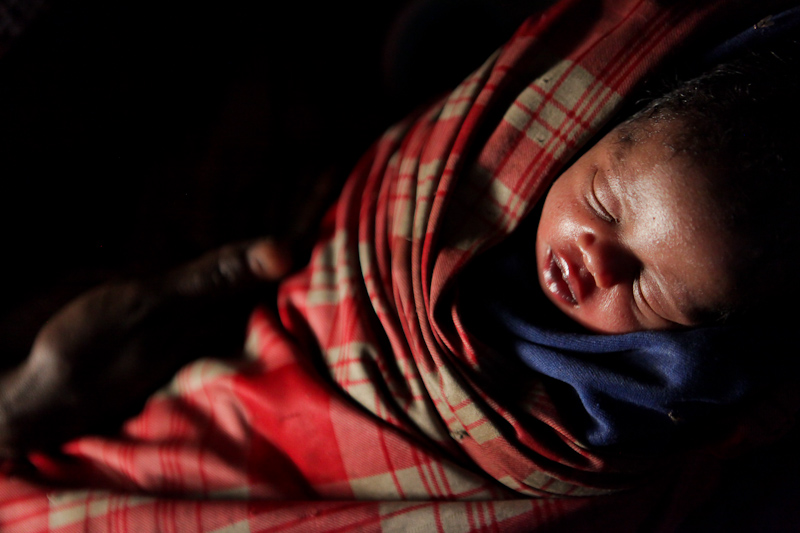 This is Sikata. At the time this caption is being written, she is nine days old. Born in the boma to a 14 year old mother, we were asked to come pray over them since her mother had not stopped bleeding since the birth. We later brough water for them both.
This is Sikata. At the time this caption is being written, she is nine days old. Born in the boma to a 14 year old mother, we were asked to come pray over them since her mother had not stopped bleeding since the birth. We later brough water for them both.
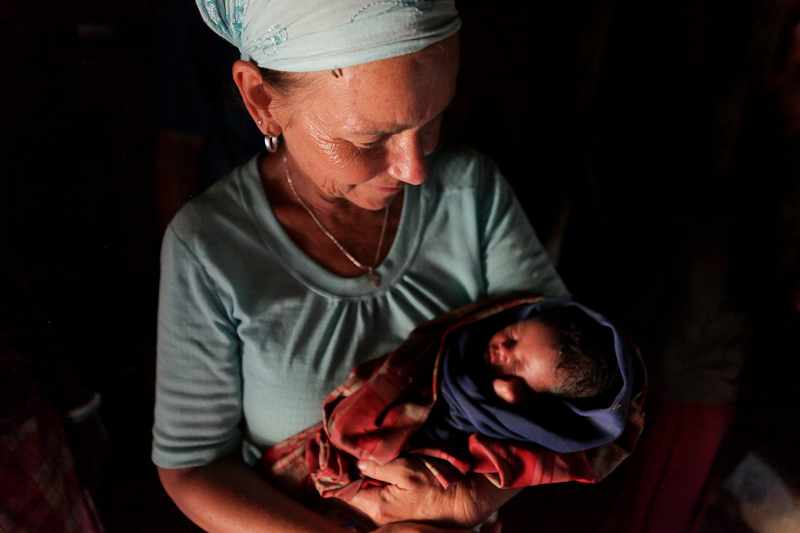
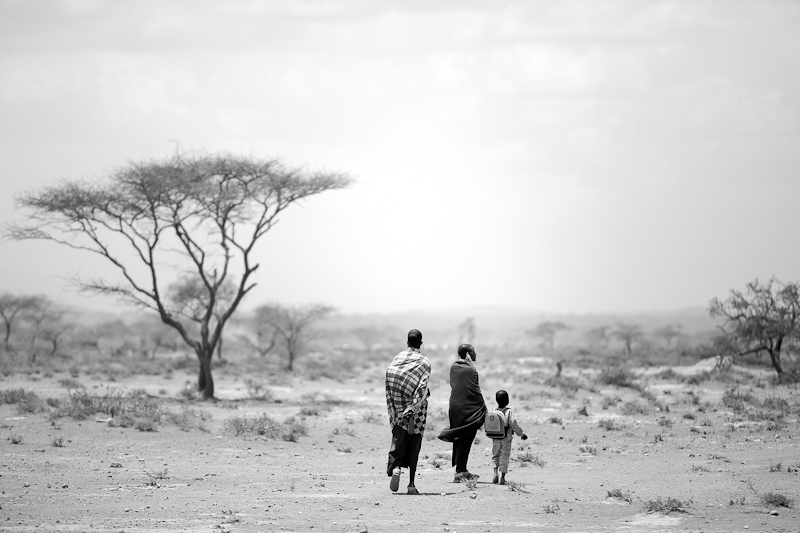
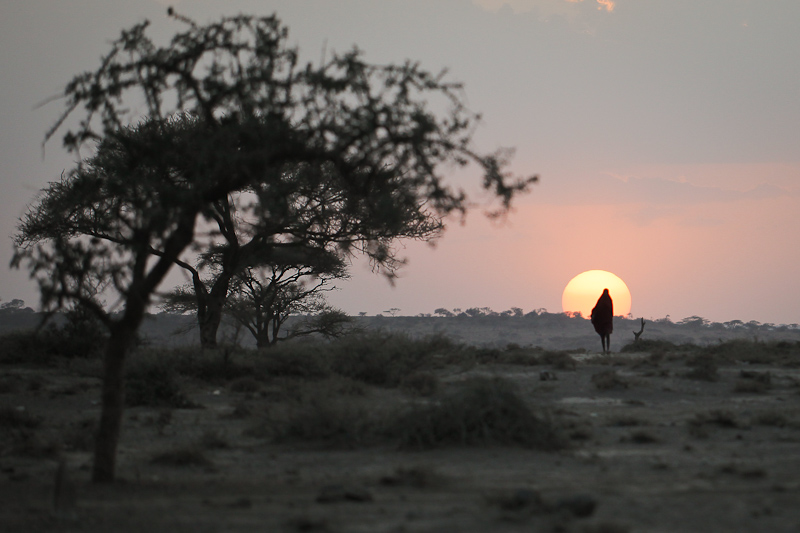 A lone Maasai man walks toward Engikaret at sunset. Maasai people must drive their herds to fresh sources of food and water, typically walking up to 15 miles a day. In years of drought and scarcity, they have even gone as far as Kenya for water sources. Up to 300 miles away.
A lone Maasai man walks toward Engikaret at sunset. Maasai people must drive their herds to fresh sources of food and water, typically walking up to 15 miles a day. In years of drought and scarcity, they have even gone as far as Kenya for water sources. Up to 300 miles away.
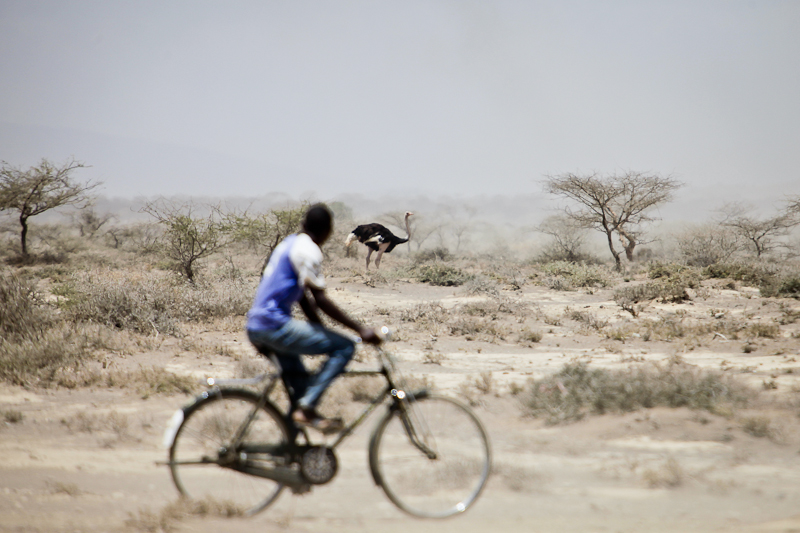
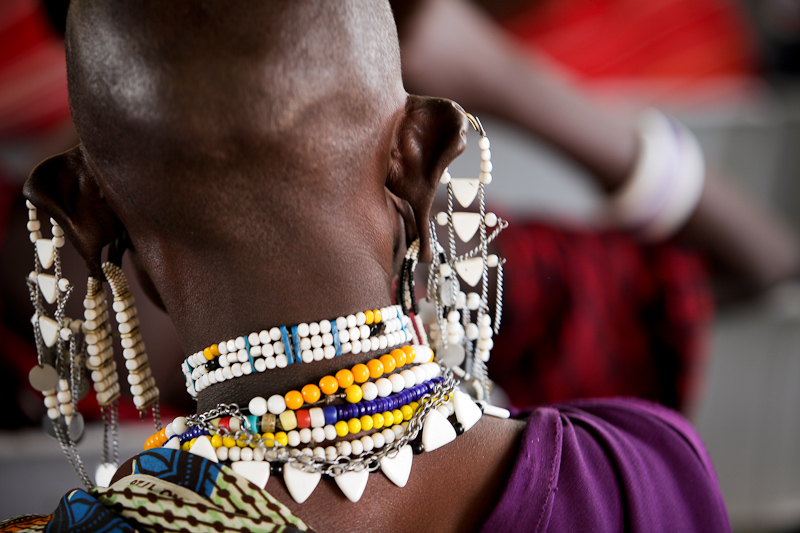 Maasai women attend weekly fellowship and worship services at the YWAM Engikaret base. There are also medical supplies and a seamstress training center.
Maasai women attend weekly fellowship and worship services at the YWAM Engikaret base. There are also medical supplies and a seamstress training center.
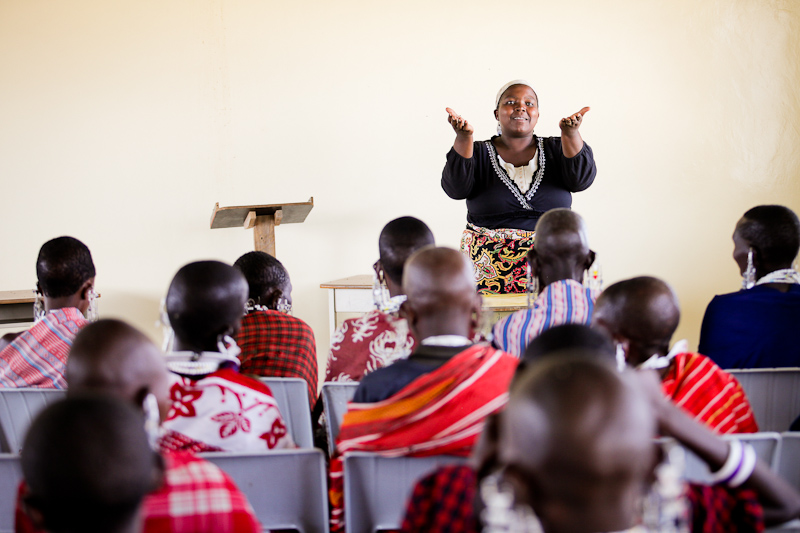
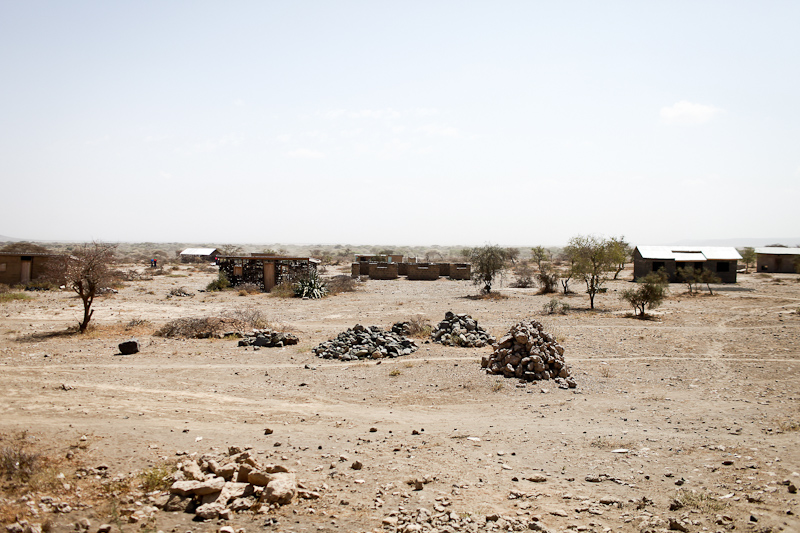 The actual village of Engikaret. The YWAM Engikaret base is about 3 miles from the village.
The actual village of Engikaret. The YWAM Engikaret base is about 3 miles from the village.
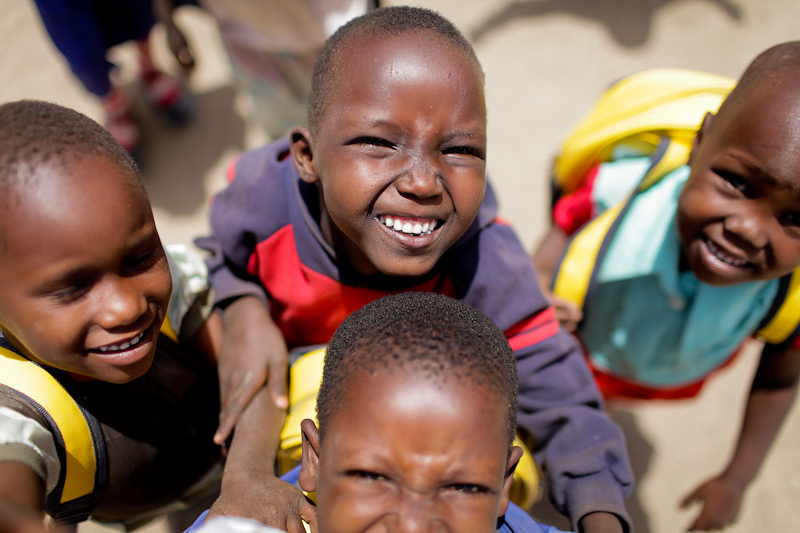
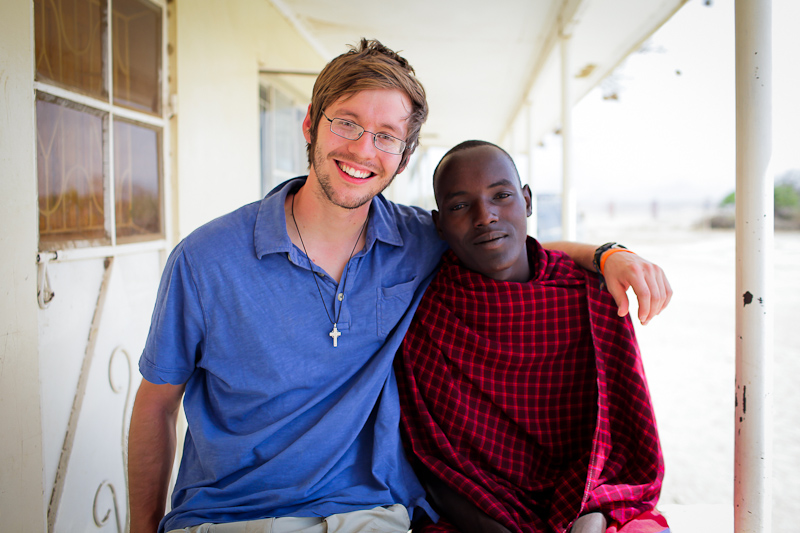 Yes, I am actually here.
Yes, I am actually here.
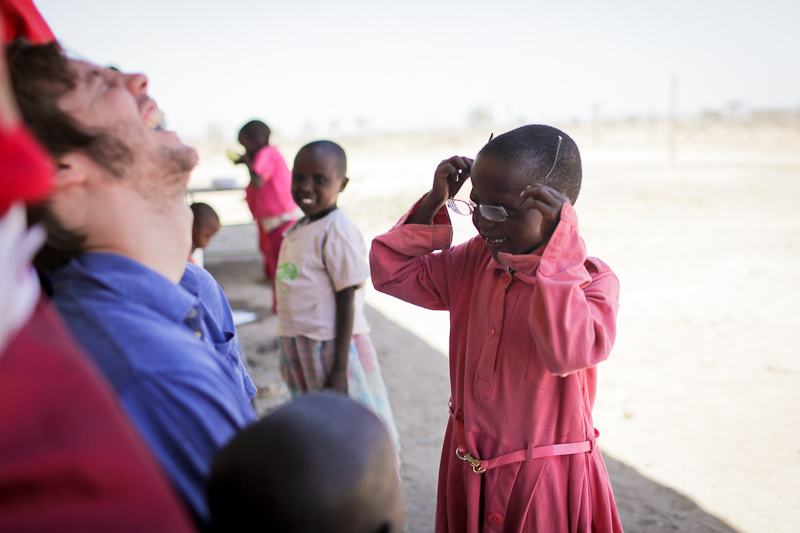 The Maasai kids are all so friendly and very inquisitive, thanks for the photo Amanda!
The Maasai kids are all so friendly and very inquisitive, thanks for the photo Amanda!
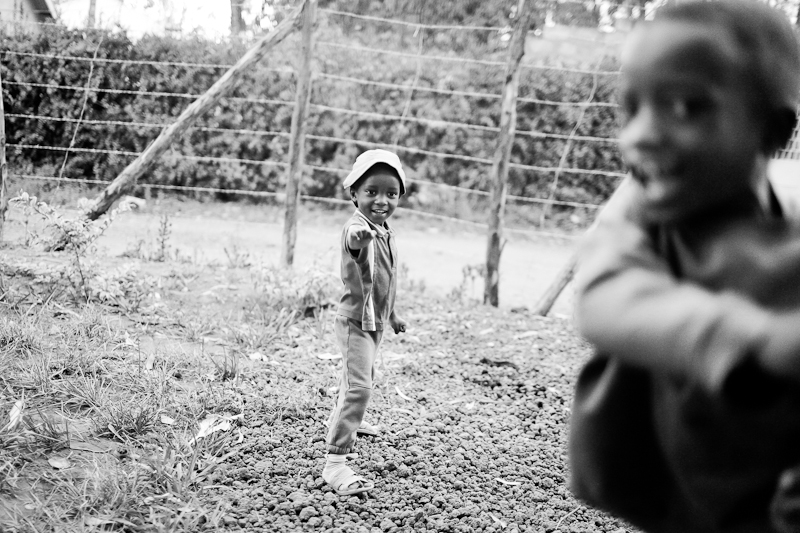
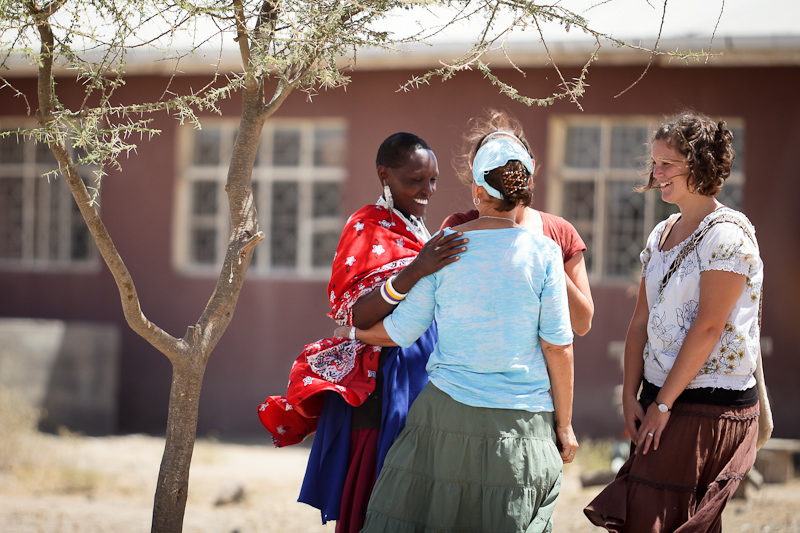
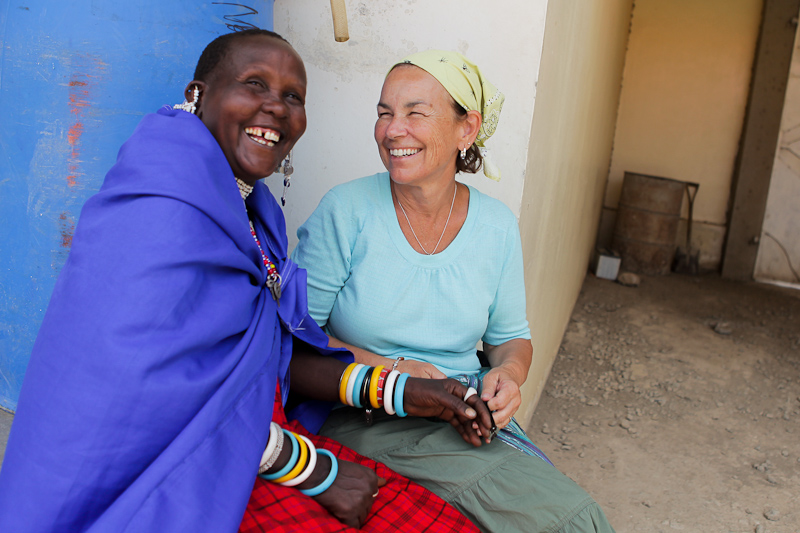
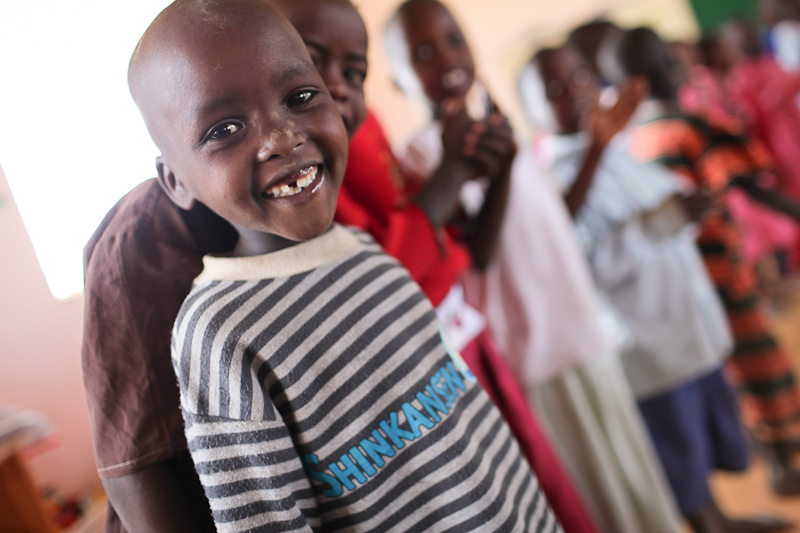
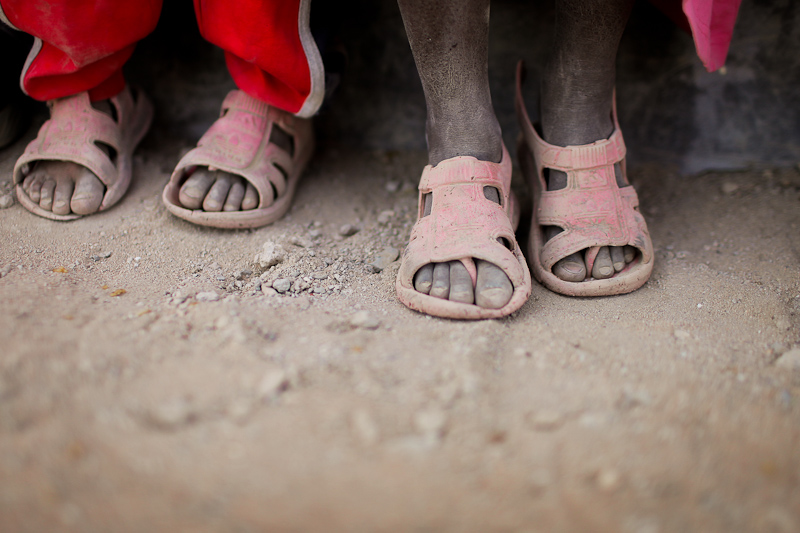
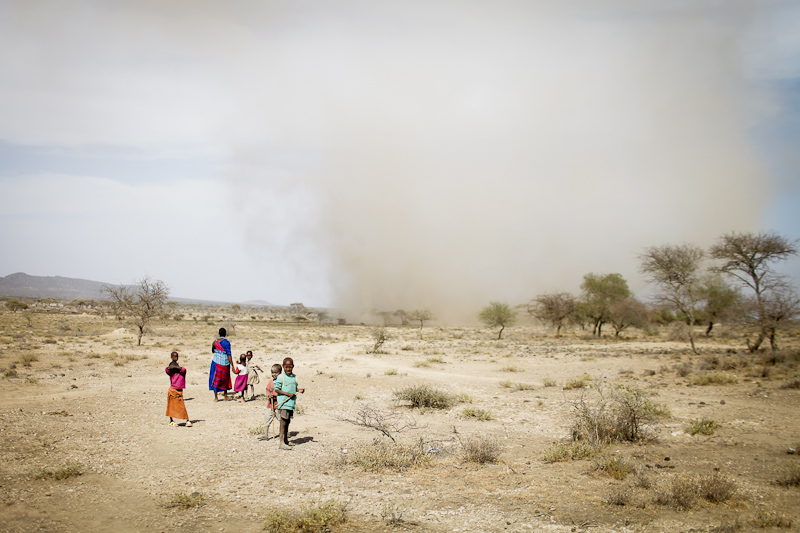
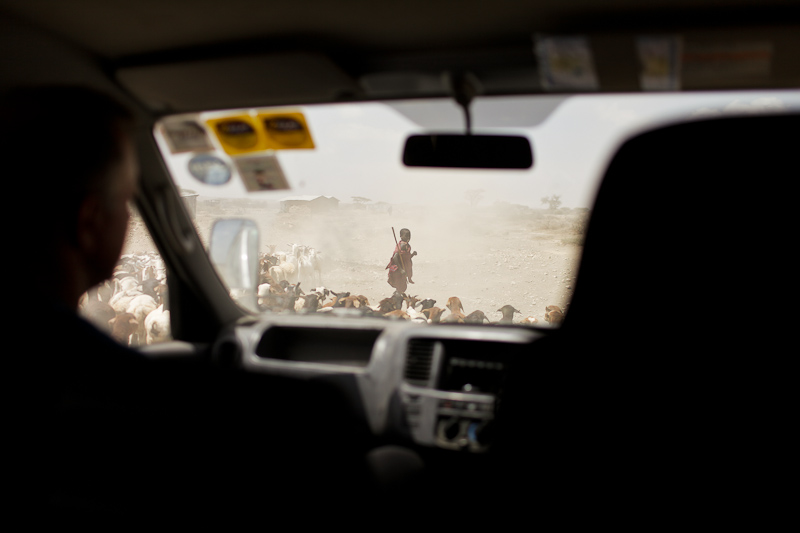
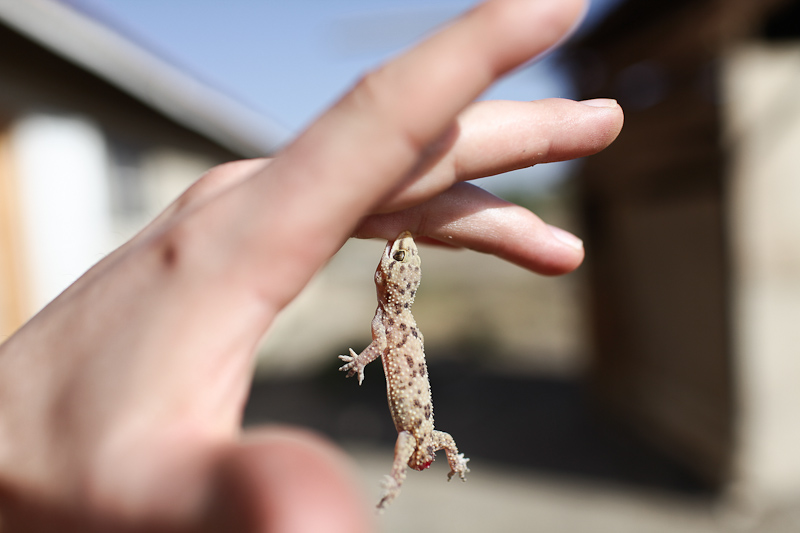 The people are extremely friendly, the fauna, not so much..
The people are extremely friendly, the fauna, not so much..
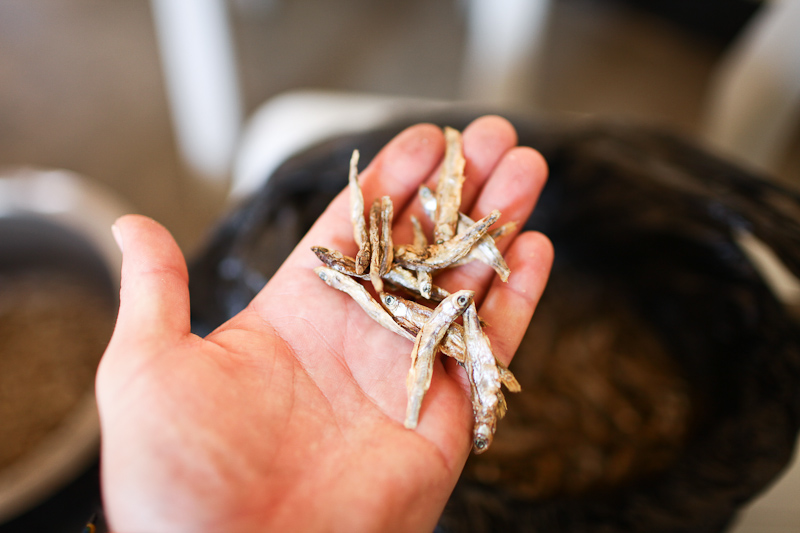 Dinner. We pulled the heads off of about 300 of these little guys to mix in with the Ugali, a very traditonal African food which is something like mashed potatoes and rice mixed together.
Dinner. We pulled the heads off of about 300 of these little guys to mix in with the Ugali, a very traditonal African food which is something like mashed potatoes and rice mixed together.
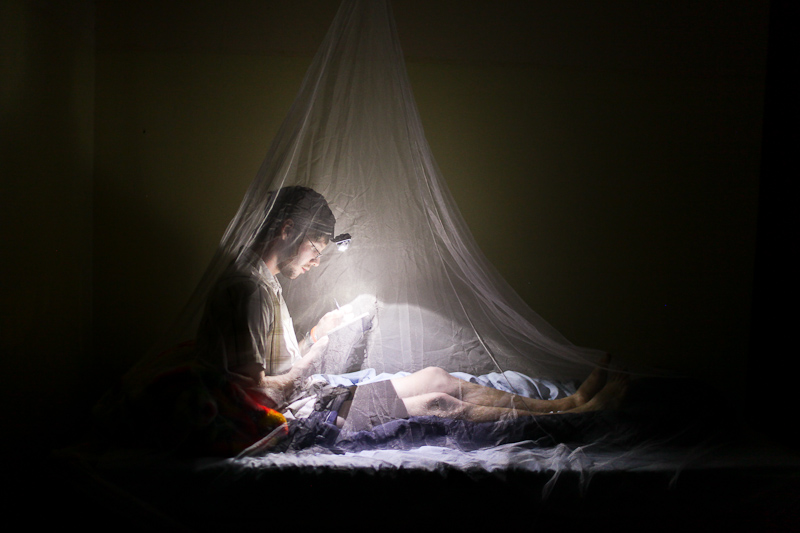
 YWAM,
YWAM,  africa,
africa,  engikaret,
engikaret,  faces4hope,
faces4hope,  maasai,
maasai,  tanzania in
tanzania in  Photojournalism
Photojournalism